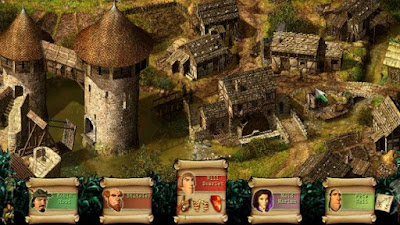

Archived from the original on 22 July 2020. ^ "Sherwood Forest to double in size".^ "Ammunition, Sherwood Forest: : House of Commons debates".Archived from the original on 14 July 2014. Archived from the original on 14 June 2018. ^ "Nottinghamshire's National Nature Reserve".Archived from the original on 11 August 2014. Archived from the original on 5 September 2015. Archived from the original on 24 August 2019. The Sherwood Forest Trust Nottinghamshire. ^ "Home - The Sherwood Forest Trust Nottinghamshire".Archived from the original on 27 November 2020. Archived from the original on 2 July 2020. Archived from the original on 9 November 2021. The Landscape of Britain: From the Beginnings to 1914. The River Idle, a tributary of the Trent, is formed in Sherwood Forest from the confluence of several minor streams. Some portions of the forest retain many very old oaks, especially in the portion known as the Dukeries, south of the town of Worksop, which was so called because it used to contain five ducal residences. Part of an agreement with Natural England was that the land where the existing 1970s visitor centre was located would be restored to wood pasture. In August 2018 the RSPB opened the new development with a shop and café, having been granted permission to manage the woods in 2015. Ī new Sherwood Forest Visitor Centre was authorised in 2015. In 2007 Natural England officially incorporated the Budby South Forest, Nottinghamshire's largest area of dry lowland heath, into the Nature Reserve, nearly doubling its size from 220 to 423 hectares (540 to 1,050 acres). In 2002 a portion of Sherwood Forest was designated a national nature reserve by English Nature. Part of the forest was opened to the public as a country park in 1969 by Nottinghamshire County Council, which manages a small part of the forest under lease from the Thoresby Estate. After the war large ammunition dumps were abandoned in the forest and were not cleared until 1952, with at least 46,000 tons of ammunition in them. It is a very important site for ancient oaks, wood pasture, invertebrates and fungi, as well as being linked to the legends of Robin Hood.ĭuring the Second World War parts of Sherwood Forest were used extensively by the military for ammunition stores, POW camps and training areas. This central core of ancient Sherwood is a Site of Special Scientific Interest (SSSI), NNR and Special Area of Conservation (SAC). Nottinghamshire County Council and Forestry England jointly manage the ancient remnant of forest north of the village of Edwinstowe, providing walks, footpaths and a host of other activities. There are 41 local geodiversity sites within the Sherwood NCA these are largely quarries and river sections. Quaternary deposits include river sands and gravels, river terrace deposits and some scattered mid- Pleistocene glacial till.

The sandstone is an aquifer providing a local water supply.

Edlington Formation (mudstones and sandstones).Tarporley Siltstone Formation ( siltstones, mudstones and sandstones).The local stratigraphy is (uppermost/youngest at top): The regional dip is a gentle one to the east, hence younger rocks are found in that direction and older ones exposed to the west. The larger part of the Forest is found across the outcrop of pebbly sandstones known as the Chester Formation. Sherwood Forest is established over an area underlain by the Permian and Triassic age New Red Sandstone. The forest gives its name to the Sherwood Parliamentary constituency. When Domesday Book was compiled in 1086 the forest covered perhaps a quarter of Nottinghamshire (approximately 19,000 acres or 7,800 hectares) in woodland and heath subject to the forest laws. It is a remnant of an older and much larger royal hunting forest, which derived its name from its status as the shire (or sher) wood of Nottinghamshire, which extended into several neighbouring counties (shires), bordered on the west by the River Erewash and the Forest of East Derbyshire. Today Sherwood Forest National Nature Reserve encompasses 424.75 hectares (1,049.6 acres), surrounding the village of Edwinstowe, the site of Thoresby Hall. The area has been wooded since the end of the Last Glacial Period (as attested by pollen sampling cores). Sherwood Forest is a royal forest in Nottinghamshire, England, famous because of its historic association with the legend of Robin Hood.


 0 kommentar(er)
0 kommentar(er)
